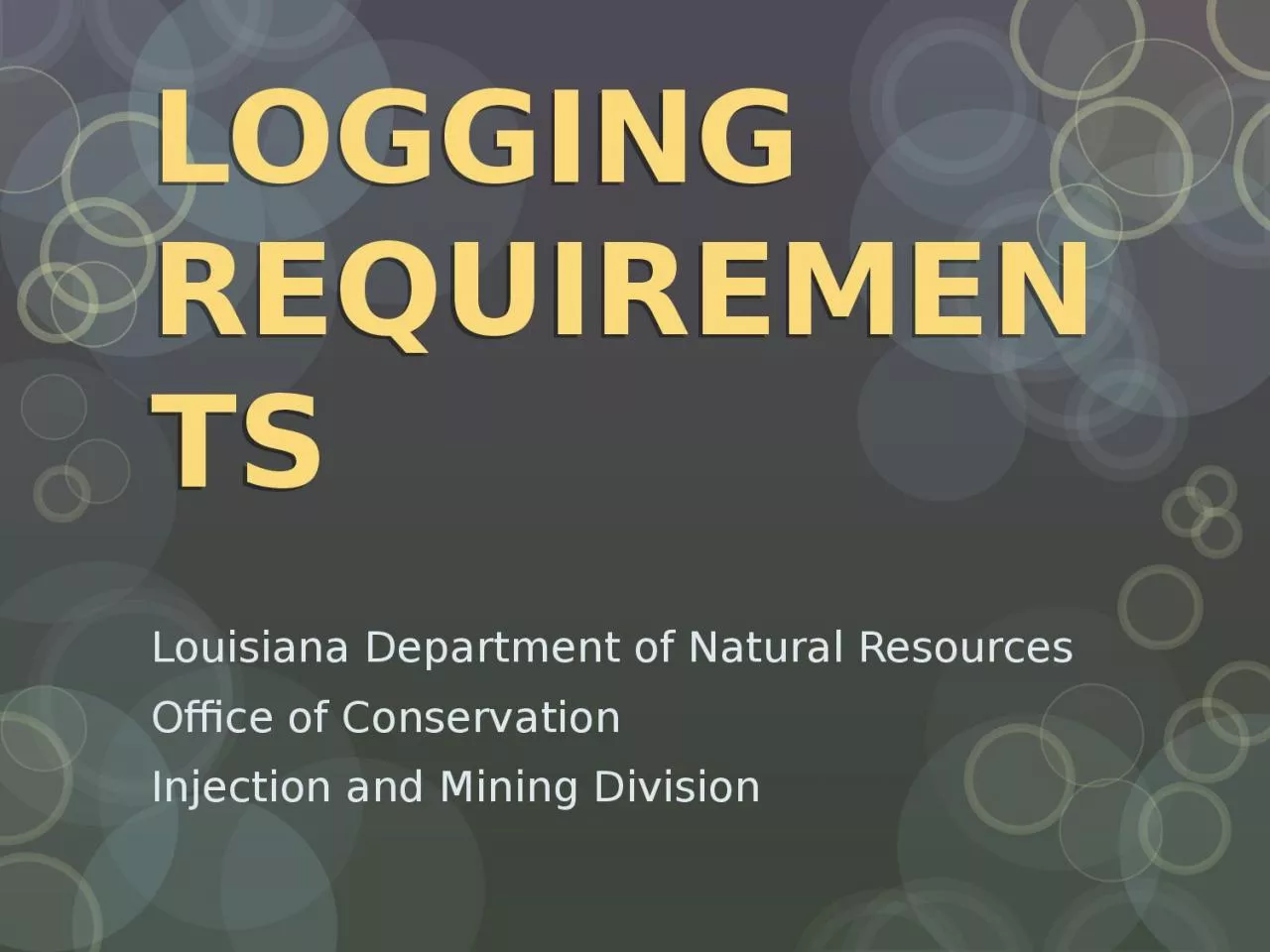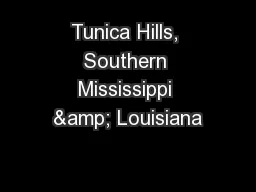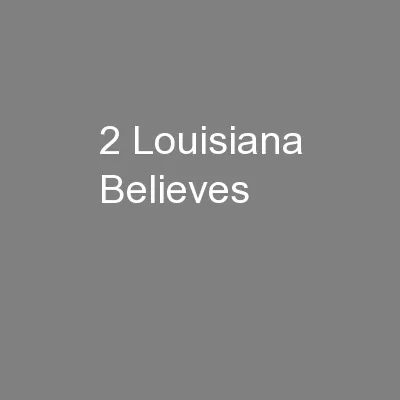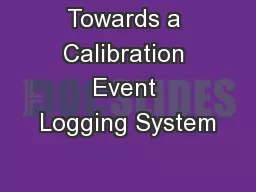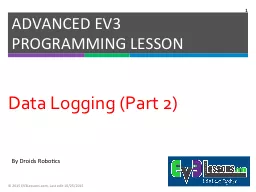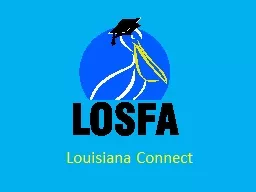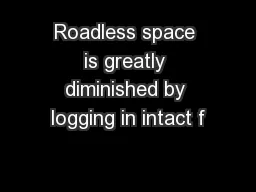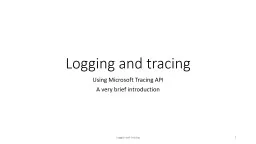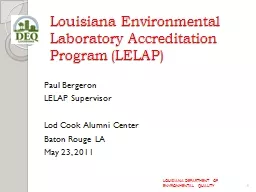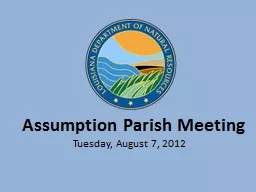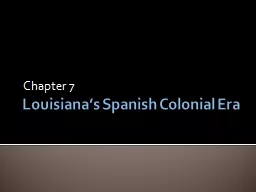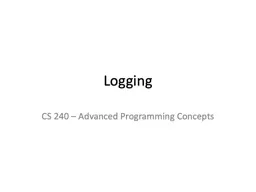PPT-LOGGING REQUIREMENTS Louisiana Department of Natural Resources
Author : victoria | Published Date : 2023-10-25
Office of Conservation Injection and Mining Division ELECTRIC LOG What is it Electric logs or openhole logs as they are also called are used to help identify
Presentation Embed Code
Download Presentation
Download Presentation The PPT/PDF document "LOGGING REQUIREMENTS Louisiana Departmen..." is the property of its rightful owner. Permission is granted to download and print the materials on this website for personal, non-commercial use only, and to display it on your personal computer provided you do not modify the materials and that you retain all copyright notices contained in the materials. By downloading content from our website, you accept the terms of this agreement.
LOGGING REQUIREMENTS Louisiana Department of Natural Resources: Transcript
Download Rules Of Document
"LOGGING REQUIREMENTS Louisiana Department of Natural Resources"The content belongs to its owner. You may download and print it for personal use, without modification, and keep all copyright notices. By downloading, you agree to these terms.
Related Documents

